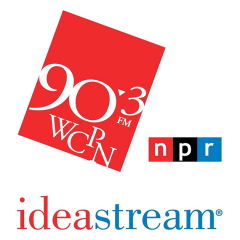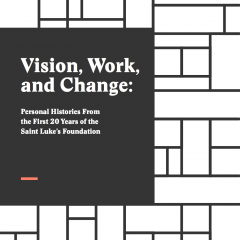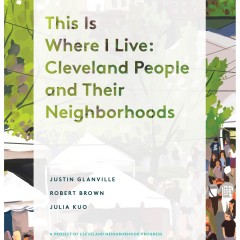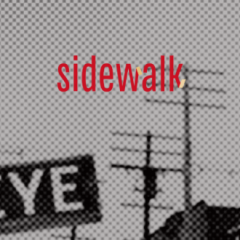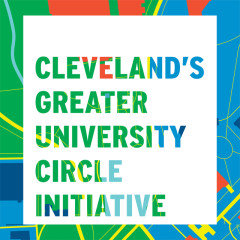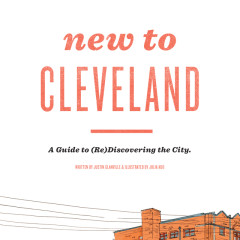With my friend and colleague, Seth Beattie, I’ve been thinking about new ways of doing urban planning.
We’ve been testing out our ideas in weekly meetings and by preparing a response to an RFP. The RFP is to do a strategic planning process for Karamu House, on Cleveland’s East Side, along with the neighborhood that surrounds it. We’re responding as a team using Seth’s creative placemaking brand, Spire + Base.
Here are some of the things we’ve been talking about and the questions we’ve been asking ourselves.
1. Real people’s voices seem to be obscured, if not left out entirely, in typical plans. Even when planners have conducted focus groups and interviews with community members, the final result ends up being in the voices of the planners themselves, not those of the community. This leads to the kind of plan that will sit on a shelf somewhere, not useful to anyone but a few paid professionals.
How do we get real community voices into plans?
The importance of doing this struck me when I was working on my last project for CEOs for Cities, a field guide to Cleveland’s neighborhoods. I interviewed people from each neighborhood and wrote up first-person vignettes in their voices — as if they themselves were doing the telling. The vignettes added so much humanity to the piece. Like a novel told from multiple points of view, you get a 3D view instead of a 2D one.
2. We often think about a community’s connectivity to other assets. As in: This neighborhood is only two miles from downtown! You can commute to the university district in two minutes by train! This neighborhood deserves to thrive!
Unfortunately, this isn’t enough to capture the imaginations of the national funders, or to attract funding and investment big enough to transform a place. What does a national foundation or an outside investor care whether you’re close to downtown or not? What is the real story of this place, and how is it going to unlock its real potential? What is the dream that is big enough to get people excited?
3. Focusing on these two things can help the plan itself be a creative, dynamic document that people will want to keep in their homes. Think about it: No one’s going to keep a typical corporate-looking planning document, with its posed photos and dry language, on their coffee tables. But they might keep something there that was truly beautiful, and that spoke in the voices of their neighbors, and that dared to dream big. The attractiveness and accessibility of the plan, in turn, will keep that big dream fresh in the minds of constituents, reinforcing it every time they pick up the book.
It’s been invigorating using all this thinking to shape our process, learning as we go.

